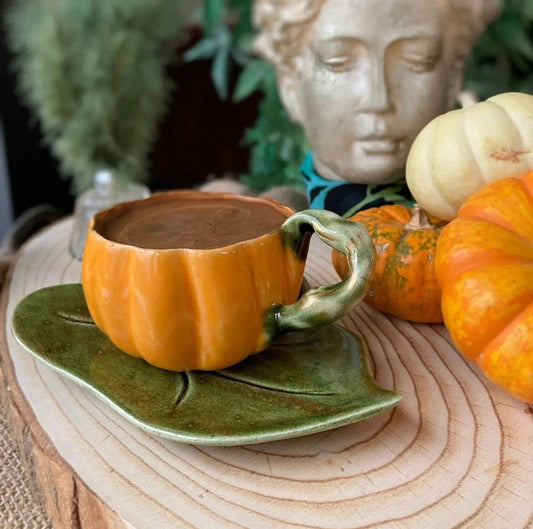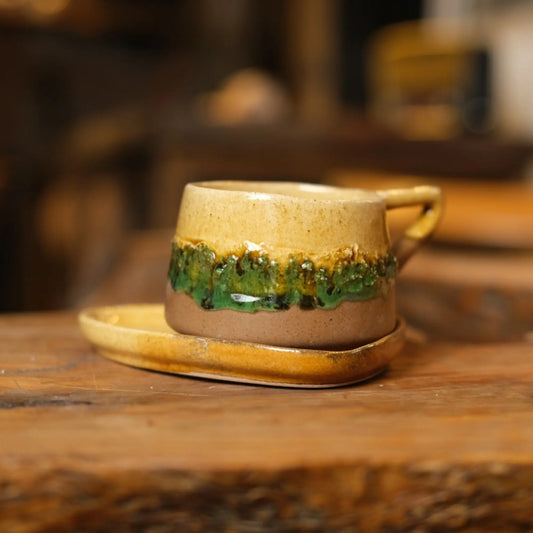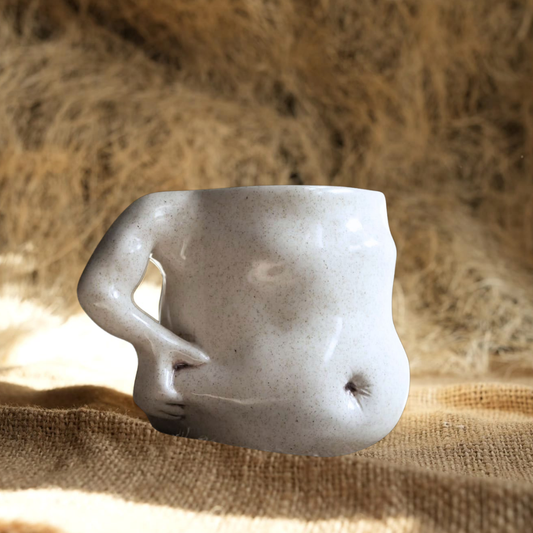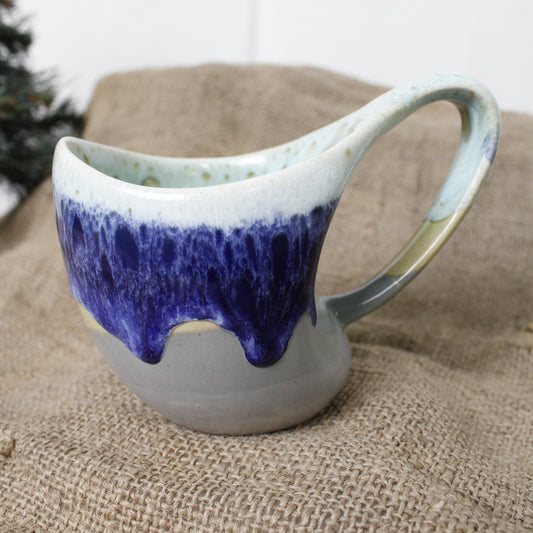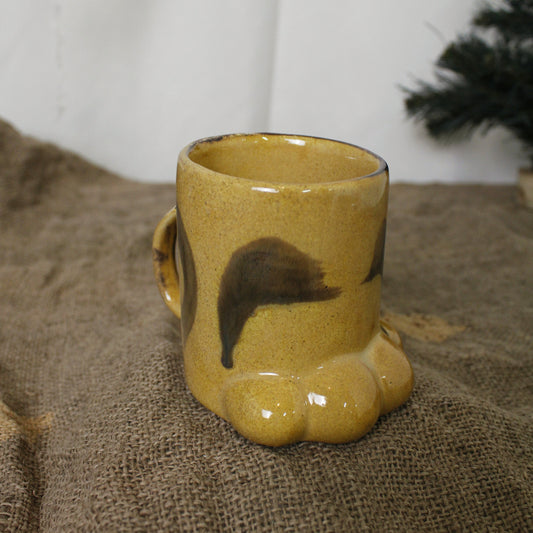How to Make Ceramic Sandpaper?
Hello dear ceramic lovers!
Today I will talk about the sanding process, which is one of the final touches of our ceramic works. Sanding, which is one of the most important stages of ceramic making, plays a big role in giving your pieces a smooth and professional look. Sanding can be a bit daunting, especially for beginners, but with the right techniques you can easily complete this step successfully. Let's examine how sanding is done step by step.
1. What is the Purpose of Sandpaper?
First, let's talk about the role of sandpaper in ceramics. After firing your ceramic pieces, some roughness, sharp edges or unwanted protrusions may occur on the surface. Sanding is done to remove these roughnesses and make the surface smoother. At the same time, sandpaper helps to spread the glaze to be applied on the piece more evenly.
2. Sandpaper Selection
Before you start sanding, it is very important to choose the right sandpaper. Sandpapers with different grits are usually used in ceramic sanding. Coarser sandpapers such as 80-100 grit are used to remove large irregularities, while finer sandpapers of 220 grit and above are ideal for finishing touches.
Coarse sandpaper: Starting with 80- to 100-grit sandpaper is a good choice for quickly removing large rough edges.
Medium sandpaper: Sandpaper with grit between 150-220 is used to make the surface smoother.
Fine sandpaper: Sandpaper with 320 grit and above is used to make the final touches to the surface and obtain a completely smooth surface.

3. Sanding Stage
Before you start sanding, make sure your ceramic piece is completely dry. Sanding while your piece is still damp can damage both the sandpaper and the ceramic. Also, make sure your work area is well ventilated and don’t forget to wear a mask, as sanding will create dust.
Step 1: Start with a coarse sandpaper. To remove large surface irregularities, gently press the sandpaper against the ceramic surface and sand in a circular motion. Be careful not to apply too much force at this stage, otherwise you may damage your ceramic.
Step 2: Once you have completed the first step, move on to medium grit sandpaper. This step will remove the smaller rough edges on the surface and make your piece smoother. Again, continue sanding in a circular motion.
Step 3: Finally, sand the surface completely smooth using fine grit sandpaper. This step is especially important if you are going to apply a glaze to your piece. Sanding with fine grit sandpaper will give your ceramic a professional finish.
4. Finishing Touches
After you have finished sanding, wipe your ceramic with a damp cloth to remove any remaining dust. This will ensure that the surface is completely clean, especially before applying the glaze.
5. Things to Consider
There are a few important points to consider during the sanding process:
- Be gentle: Avoid applying too much pressure when sanding, as this may cause cracks to form on the ceramic surface.
- Sand evenly: Make sure to sand evenly across the surface. This will give you a smoother finish.
- Beware of dust: Dust generated during sanding can be harmful to your health. Therefore, be sure to wear a mask and ventilate your work area frequently.
6. What to Do After Sanding?
After successfully completing the sanding process, you can prepare your ceramic for the glaze process. The sanded smooth surface will help the glaze spread evenly and gain a more beautiful appearance. You can also make your ceramic more durable by re-firing it after sanding.
In conclusion...
Ceramic sanding is an important stage that determines the final state of your works. It may seem a little difficult at first, but with practice, you will see how easily and effectively you can do this process. Each sanding process will add extra beauty and professionalism to your ceramics.
I hope this information will be useful to anyone working with ceramics. If you haven't tried it yet, definitely try the sanding process on your next ceramic project. I'm sure you'll be very pleased with the results.
With love,
Gulsum





